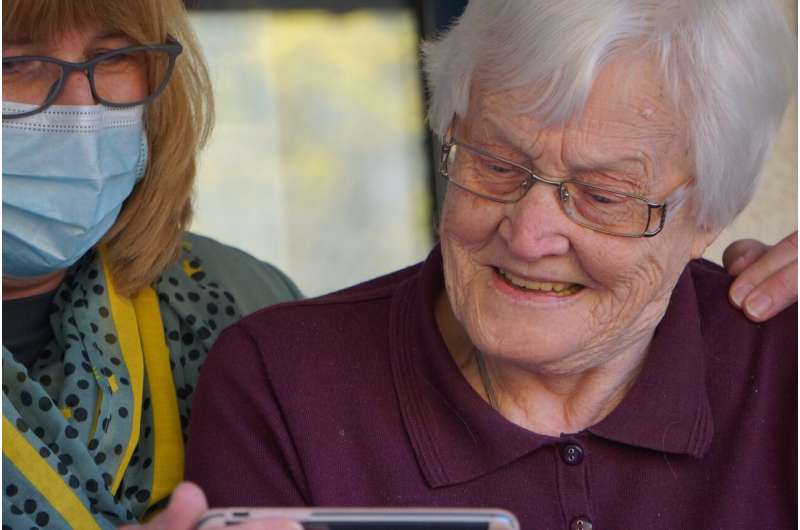
On June 28, 2021, Australia’s National Cabinet endorsed the introduction of mandatory COVID-19 vaccinations for workers in residential aged care facilities. By September 17, 2021, when the mandate came into effect, 97.8% of 261 732 RACF workers had received at least one dose. By October 14, 2021, this had risen to 99.8%, with 91.8% having received two doses of a vaccine.
“Ongoing monitoring data [show that] in October 2022, over 99% of Australian aged care workers remain vaccinated with at least two doses,” wrote the authors of a Perspective, published today by the Medical Journal of Australia.
Dr. Sally Hall Dykgraaf, a senior lecturer at the Australian National University’s Rural Clinical School, and colleagues wrote that polling by the Australia Institute reportedly suggested more than 75% of Australians agreed with mandatory COVID-19 vaccination for “frontline workers in aged care and other vulnerable settings,” with agreement slightly higher among older respondents.
“However, legal questions, including human rights and the right to bodily autonomy, were raised along with practical issues such as the possibility of medical contraindications among workers,” they wrote.
“Mandates should follow less restrictive, non-coercive measures, ideally occurring after other options have been exhausted; should take place in consultation with those affected; should be clearly justified and take account of individual consequences; and should not be used as a solution for access issues or in response to vaccine hesitancy.
“While some countries exercised a more cautious approach, Australia acted decisively to protect vulnerable RACF residents, based on emerging evidence about the effectiveness of COVID-19 vaccines to influence transmission as well as to protect against severe disease.”
Once the decision had been made by the National Cabinet, an almost 12-week lead-in time was allowed to “ensure sufficient notice for people to navigate concerns and arrange vaccination, and to allow an iterative process of layered implementation with development of an evolving narrative around the case for vaccination.”
“Two weeks ahead of the announcement, mandatory reporting requirements were introduced through new federal legislation, requiring all RACFs to report on staff vaccination rates,” wrote Dr. Hall Dykgraaf and colleagues.
“This was an important foundation for subsequent policy implementation and provided visibility on progress leading up to the effective date of the mandate.”
Also instituted were an $11 million Residential Aged Care COVID-19 Employee Vaccination Support Grant to assist RACFs with costs associated with arranging off-site vaccinations for staff; government in-reach clinics were offered so workers could access vaccination at their workplace; workers had priority access to vaccinations; and, the national COVID-19 Vaccine Claims Scheme provided additional assurance that financial support would be available if people experienced serious side effects from vaccination.
“Despite concerns about the risk of workforce attrition and absenteeism affecting service delivery capability, mandatory vaccination was successfully implemented in the nation’s aged care sector, demonstrating the commitment of Australia’s aged care workforce to the safety of residents,” Dr. Hall Dykgraaf and colleagues concluded.
“While the imminent mandate was an important policy driver, the iterative and layered nature of the road to implementation was equally important.
“Vaccination mandates were subsequently recommended for disability workers and in-home aged care workers, and for health care workers in some states and territories.”
More information:
Sally Hall Dykgraaf et al, Implementing mandatory COVID ‐19 vaccination for Australian aged care workers, Medical Journal of Australia (2022). DOI: 10.5694/mja2.51770
Journal information:
Medical Journal of Australia
Source: Read Full Article
